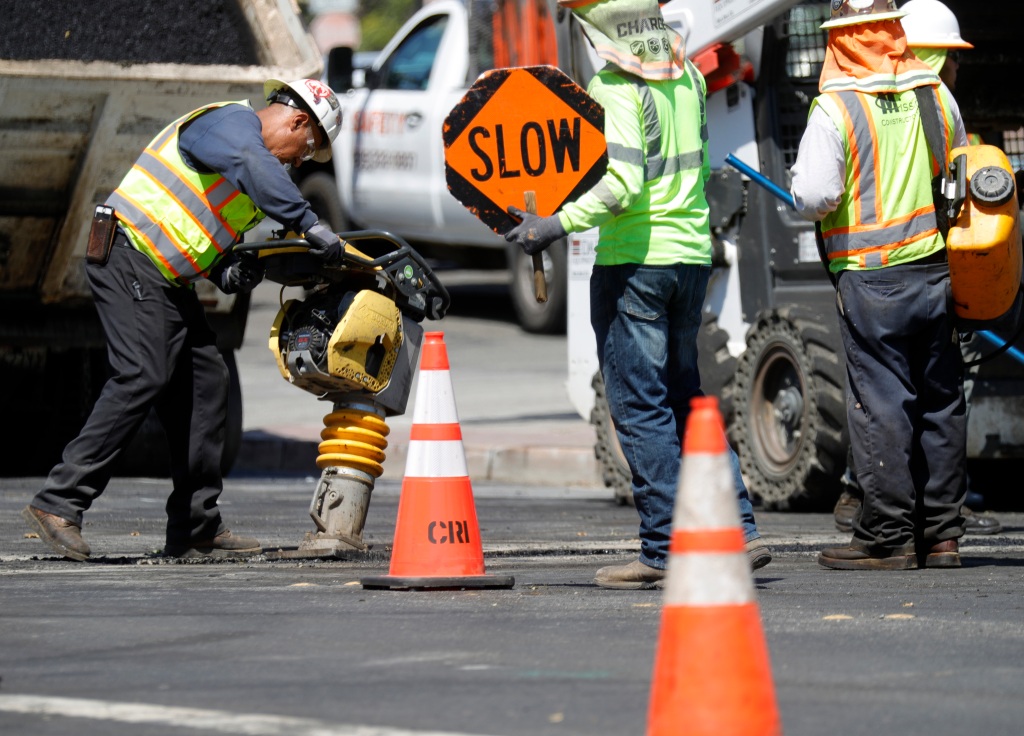
Q: When is Caltrans going to do something about Highway 87?
Gene Cogorno
A: And…
Q: Highway 87, especially from Interstate 280 to Highway 85, has to be the worst highway.
We drive a KIA Soul, which has a short wheelbase and stiff suspension, and on 87, we rock and roll.
Tom Dunbar, San Jose
A: Caltrans is beginning a Highway 87 pavement improvement project this month. The work will require intermittent daytime and overnight lane closures and ramp closures along 87 between the Julian Street undercrossing and 85 in San Jose.
Pavement will be replaced, 28 curb ramps at six intersections will be upgraded and 2.9 miles of bikeways that run parallel to the road will be resurfaced. Median concrete barriers and guardrails will be replaced and enhanced wet/night visibility stripping and shoulder rumble strips will be placed. The project is scheduled to be complete in the summer of 2025.
Q: The absolute worst pothole near my house was filled in, but there seems to be no progress on the El Camino repaving. We were so hopeful when there were a couple of lane closures that maybe they were actually going to do something. Is this repaving project actually going to happen?
Caroline Bowker
A: The state patched the worst areas of El Camino near Palo Alto and will return later this summer to repave the entire stretch from Palo Alto to San Jose.
Q: Air pollution from new vehicles has fallen 99 percent since 1968 when emissions regulation began. Older vehicles now produce most car emission pollution, with the worst of them producing an estimated 50 percent of such pollution. The California Air Resources Board (CARB) describes these vehicles as “gross polluters.”
If federal and state rebates switched from EV incentives to payments to voluntarily retire these old vehicles under programs similar to the California VARV program, we could seriously reduce the number of gross polluting vehicles. In California, a gross polluting car can fetch up to $1,500 when purchased by the state. Increasing the payments would spur old car owners to sell to the state, getting these vehicldes off the streets and properly recycled. These rebates wouldn’t cover the cost of a new car, but would help reduce the cost of a newer used model with better pollution controls.
With the current rebate focus on EVs, we are effectively subsidizing the well-off who could afford EVs without rebates, and denying those driving gross polluting cars an extra incentive to drive a newer, safer, more efficient, vehicle. We breathe more polluted air than need be.
Terry Baker
A: You raise an interesting idea about how to get gross polluting cars off the road. That does not mean we would need to stop incentives for EVs, however.
Look for Gary Richards at Facebook.com/mr.roadshow or contact him at mrroadshow@bayareanewsgroup.com.
𝗖𝗿𝗲𝗱𝗶𝘁𝘀, 𝗖𝗼𝗽𝘆𝗿𝗶𝗴𝗵𝘁 & 𝗖𝗼𝘂𝗿𝘁𝗲𝘀𝘆: www.mercurynews.com
𝗙𝗼𝗿 𝗮𝗻𝘆 𝗰𝗼𝗺𝗽𝗹𝗮𝗶𝗻𝘁𝘀 𝗿𝗲𝗴𝗮𝗿𝗱𝗶𝗻𝗴 𝗗𝗠𝗖𝗔,
𝗣𝗹𝗲𝗮𝘀𝗲 𝘀𝗲𝗻𝗱 𝘂𝘀 𝗮𝗻 𝗲𝗺𝗮𝗶𝗹 𝗮𝘁 dmca@enspirers.com


